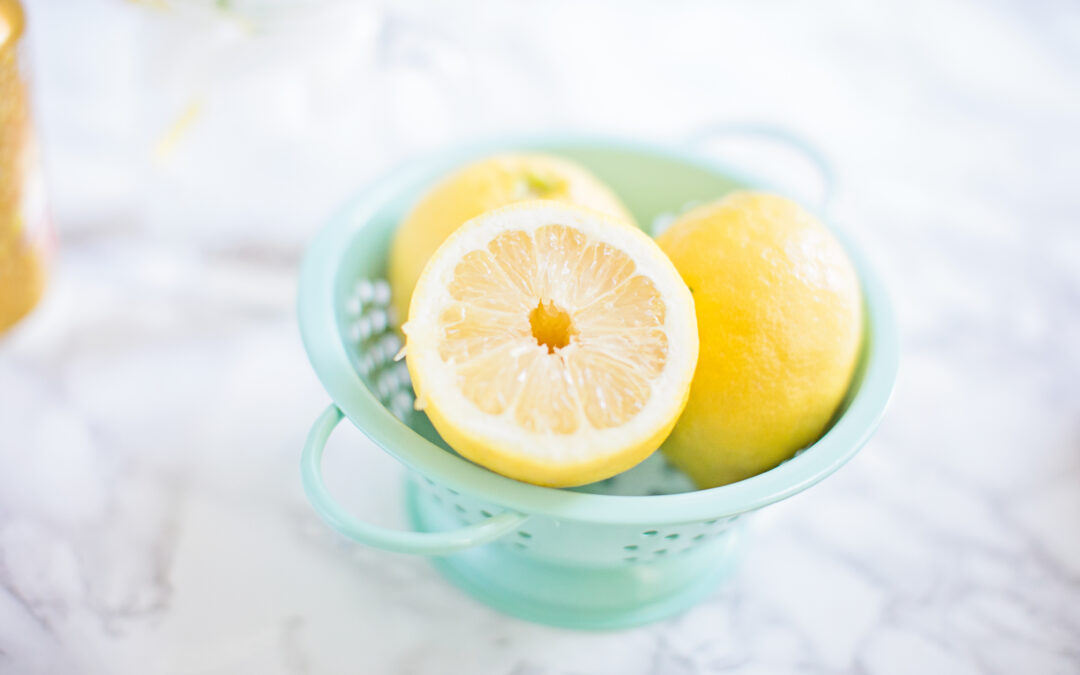What Makes a Healthy Home?
With our firm’s focus on Green Living, we get a lot of requests to help create not just beautiful, but healthy homes. So what constitutes a healthy home? From a design perspective, it could mean choosing sustainable furnishings, paints, and textiles, but what about once you’re living in the space? Because our lives are so busy, we often op’t for convenience over sustainability and don’t prioritize our health. Because of that, toxins can build up in our homes. But fear-not! Read on below, where we’re sharing the most common health hazards in your home, with easy solutions to fix them! Here’ how to identify and eliminate toxins from your home.
Need more tips for going green in your home? Shop our book on Green Interior Design.
Clean Kitchen: Eliminate Toxins In the Kitchen

- PFC Fluorines
These fluorines, created to reduce friction and absorb grease in wrappers, are often found in dishware to prevent foods from sticking. While we don’t know its’ adverse health effects entirely, the National Institute of Health Sciences and National Toxicology is concerned enough to reduce production of products containing PFCs in the US, with the intention of eliminating entirely.
- Perchlorate
Found in rocket fuel and other explosives, fertilizer, and bleach, it should set off an alarm if perchlorate is discovered in your water supply. Considered a human carcinogen by the EPA, perchlorate, try getting your supply tested so it’s not harmful to your family! If you live in California, fear not– the state already sets a stricter standard about the amount they allow.
- BPA in Cans and Plastics
BPA is one we hear a lot about, but what is it really? Frequently found in cans and plastics, the FDA is still considering its effects on human health, switching from cans and plastics to stainless steel is a good way to reduce exposure.
- Dioxins
Commonly found in meat, dairy, and bleach, dioxins, are predominantly the unwanted byproduct of the industrial process, but are actually one of the easier toxins to either completely eliminate or reduce exposure to in your home. Shopping local and organic is a great way to eliminate exposure.
- Arsenic
Most of us are familiar with arsenic, but may not realize small traces of it can still be found in water and food, rice and juices. Have your water tested, and limit exposure to man-made foods as much as possible to minimize exposure.
- Mercury
It’s important to source your seafood, as those packaged in coal-powered plants might contain traces of mercury. While mercury is generally unavoidable, luckily, most of us are only consuming such small amounts that will eventually leave the bloodstream.
Clean Bath: Eliminate Toxins In the Bathroom

- Triclosan
Found in Soaps, toothpastes, and other cosmetics, triclosan antibacterial properties may not outweigh the downside: which can make your skin more susceptible to UV rays so you might want to check the ingredient label and swap for an all-natural or organic alternative.
- PHTHALATES
These chemical plasticizers are frequently found in vinyl flooring and building materials, and in cosmetics. Unfortunately, it is difficult to know whether products contain phthalates, but if the label says ‘Fragranced,’ that’s a pretty good indicator.
- Glycol Ethers
Found in cosmetics and dry-cleaning, paints and cleaners, glycol ethers have been shown to have severe effects on human health, even with short term exposure, including damaging effects on the kidneys and liver. Unfortunately so many products contain glycol ethers and are unmarked as such, so the best preventative measure, is to switch to cleaning your home with common products like baking soda and vinegar.
Eliminate Toxins in Your Home: Household Cleaners, Paints, and Pesticides

- PBDE’s
Found in flame retardants, PBDEs can be difficult to avoid, especially in choosing fabrics. EPA studies have found prolonged exposure in animals leads to health defects like liver and kidney damage, but only when inhaled.
- Altrazine
Atrazine used in pesticides and found in water supply have been linked in hormonal irregularities. Installing a water filter in your home and switching to more natural fertilizers could help to prevent exposure.
- Lead
The adverse health effects of lead exposure have been long-studied, so luckily you won’t find lead in newer paints, but you might need to spend some time testing older homes for lead, or check your water supply if you have old pipes.
- Organophosphate Pesticides
Highly toxic, organophosphates are among the most commonly used pesticides today. The EPA is currently taking steps to study the effects of low-level exposure, and has taken steps to eliminate from the market entirely.
Add a little more green to your home with these great indoor plants.




